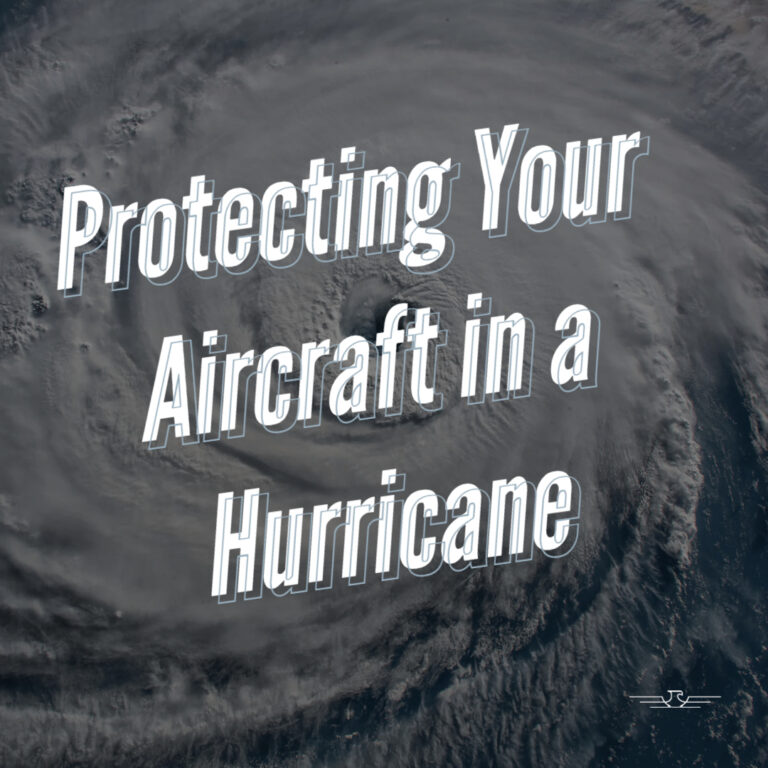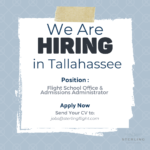When living or flying in an area that can have severe weather, ideally you will want to have a plan in place for your aircraft prior to any systems approaching. Still, as Hurricane Ian approaches, it is good to have a reminder out there in case you overlooked any details.
Regardless of how you choose to respond to threatening weather, be sure to verify that your insurance is up-to-date and document the inside and outside condition of your aircraft prior to the storm.
Relocate Your Aircraft
The best way to protect your aircraft is to move it to a location outside the weather path. For an aircraft that is not airworthy or if the storm is too close to safely operate your plane, you will need to consider alternate options.
Hangar Your Aircraft
If you are unable to move your aircraft out of harm’s way, then storing it is the next best option. If you do not have your own hangar space, you can inquire about temporary rental space. However, pay attention to the condition of the hangar as a collapse could be just as devastating to your aircraft.
Tie Down Your Aircraft
Leaving your aircraft exposed in hurricane force winds is the least favorable option but can be the only one available to some. Following this checklist can help reduce the risk of damage to your aircraft in the event you can not relocate or hangar it.
- Speak with your FBO: There is a good chance they have procedures and requirements already in place that you will need to follow.
- Choose wisely: If you can choose your spot, it’s important to pick one upwind from the other aircraft, keeping in mind that wind directions can change during a storm. Also, remove any foreign objects in the area that could become a projectile.
- Lock it down: Make sure to latch your windows and doors. Cover your engine inlets, the pilot tube, and the static ports, but don’t leave anything lose that could beat against your airplane in the wind.
- Chock and deflate the tires: Chock the wheels and set the parking brake. Again, check with your FBO first as they may want you to leave the brakes off if they need to move the aircraft. Also consider deflating the tires or digging holes for the wheels to keep them in place.
- Control lock: Install internal and external gust locks to keep the control surfaces from slamming back-and-forth.
- Tiedowns: Double check the condition of your tie down rope. Replace any damaged pieces and remember to only use the tie down rings. NEVER tie onto a strut. Tiedown ropes or chains should form roughly a 45-degree angle to the ground. A bowline knot is probably the best for securing a rope to the tiedown ring.
Remember to always put safety first and protect yourself and others before aircraft, which while it’s expensive, can be replaced.





